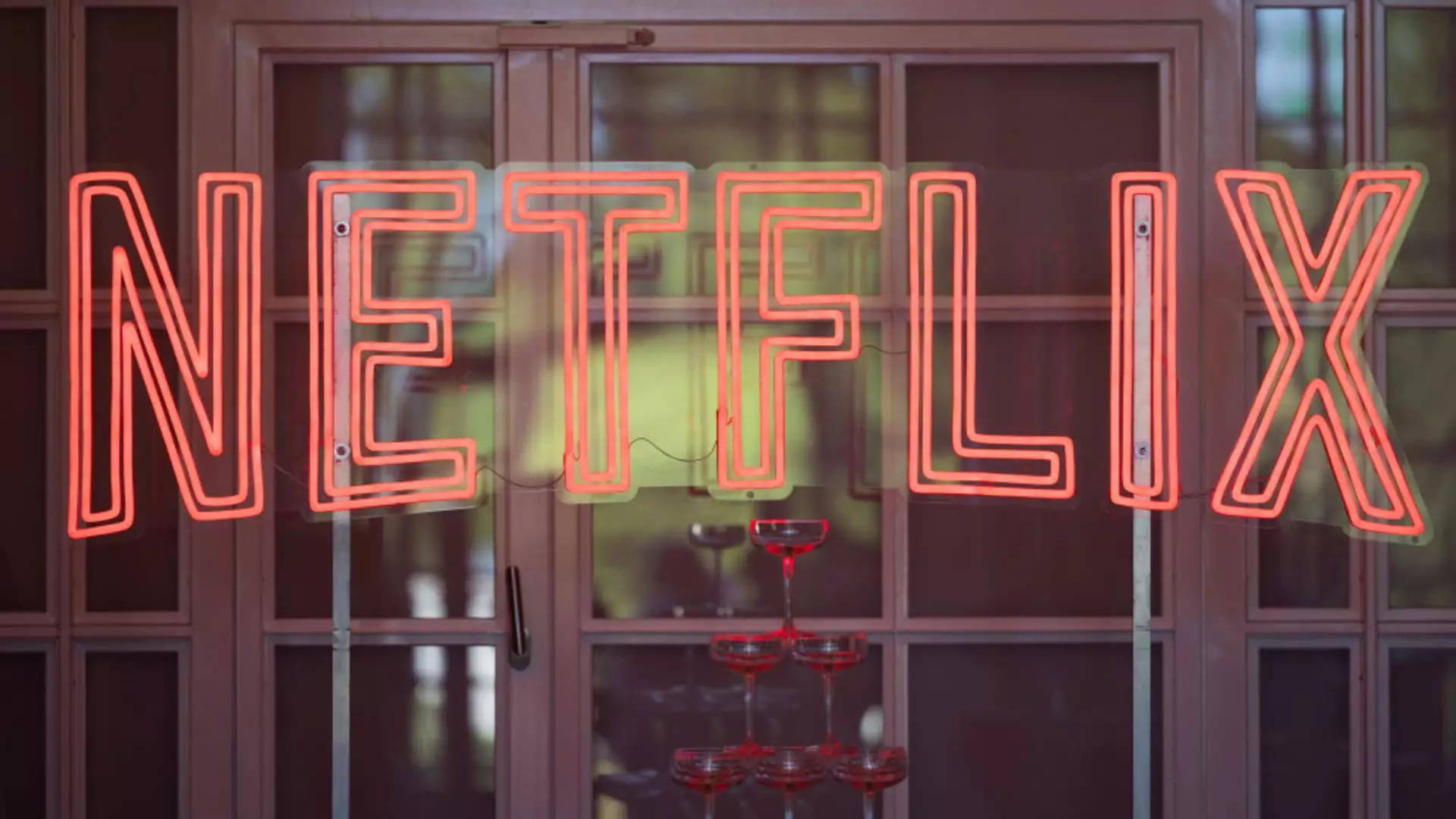Streaming platform Netflix recently announced significant price hikes across its subscription plans in the U.S., creating ripples in the consumer market. Following a longstanding trend in the streaming industry, Netflix’s standard plan without ads will see an increase from $15.49 to $17.99. Meanwhile, the company’s ad-supported tier, designed to attract budget-conscious viewers, will rise from $6.99 to $7.99. The premium plan fares even worse, jumping from $22.99 to $24.99. These adjustments were made public during the company’s earnings report for the fourth quarter, reflecting a broader strategy to enhance revenue amidst increasing competition from other streaming giants.
The Price Hike Trend
In a landscape where many streaming services, from Disney+ to Warner Bros. Discovery’s Max, have similarly raised prices, Netflix’s moves are not surprising. The streaming sector has increasingly relied on higher rates and ad-supported models as tools to achieve profitability. Netflix’s introduction of its cheaper, ad-supported plan in late 2022 was a strategic attempt to counteract a slowdown in subscriber growth. This tactic appears to have gained traction, as the company announced it has achieved 70 million monthly active users in its ad-supported tier.
One notable aspect of Netflix’s revenue strategy is its enforcement of measures aimed at curtailing password sharing among its user base. The company has recently rolled out options for subscribers to add “extra members” to their accounts, albeit at an increased monthly cost for users on ad-free plans, rising from $7.99 to $8.99. The ad-supported plans, however, will not experience this price modification. This move seeks to convert more casual users into paying subscribers, ultimately bolstering its subscription base and contributing to overall financial health.
Netflix’s stringent measures seem to bear fruit, as the company reported an impressive addition of 19 million paid memberships in the last quarter, pushing its total subscriber count over the historic 300 million mark. Such figures underscore the effectiveness of Netflix’s dual strategy: leveraging ad revenues and addressing password sharing. Yet, the sustainability of this growth remains to be seen, especially given the increasingly saturated market, where consumers are bombarded by numerous options.
Future Implications for Streaming Services
As Netflix positions itself for competitive longevity, the implications for both subscribers and rival streaming services are profound. While price increases are often met with dissatisfaction, the adaptation toward ad-supported models may define the future of content consumption. As Netflix continues to innovate and adjust its pricing paradigm, industry observers and consumers will keenly watch how these shifts affect viewer behavior and loyalty in a crowded digital marketplace. The dynamics of profit and subscriber retention are poised to evolve dramatically in this ongoing streaming war, emphasizing the need for companies to remain agile in their strategies.
Netflix’s latest price adjustments and strategic responses underscore a pivotal moment in the streaming industry’s evolution. As consumers navigate these changes, their aptitude for accepting price increases will undoubtedly shape the economic landscape of streaming for years to come.


Leave a Reply